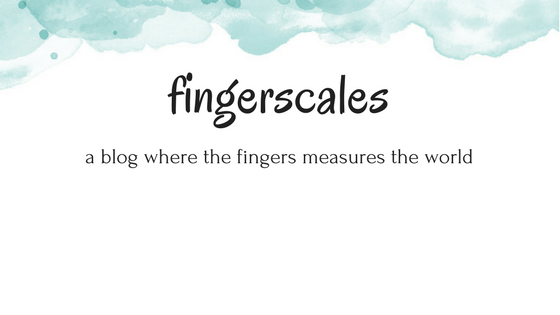Organizational Structures Organizational employees must work closely together to develop strategic initiatives that create competitive advantages. Ethics and security are two fundamental building blocks that organizations must base their businesses upon. Well designed organizational structures will produce efficient communication channels and encourage fast, clean decisions. To develop strategic initiatives that create competitive advantages organizational employees must work closely together. IT Roles and Responsibilities a. Chief Information Officer (CIO) – oversees all uses of IT and ensures the strategic alignment of IT with business goals and objectives · Broad CIO functions ; · Manager – ensuring the delivery of all IT projects, on time and within budget. · Leader – ensuring the strategic vision of IT is in line with the strategic vision of the organization. · Communicator – building and maintaining strong executive relationships. b. Chief Technology
